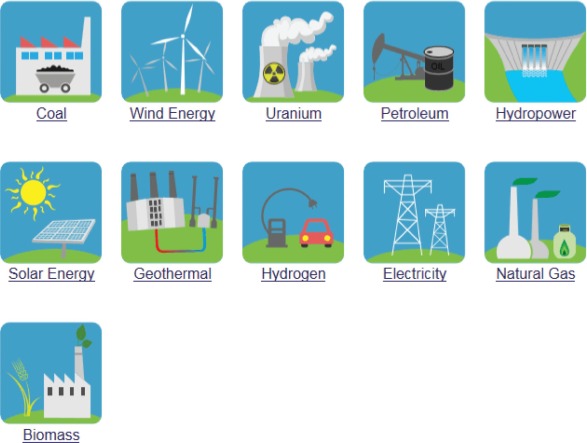Introduction
In today’s world, where sustainability is becoming a key concern, net-positive building is emerging as a revolutionary concept. This article explores the significance of net-positive buildings in creating a greener future while minimizing their environmental impact.
The Concept of Net-Positive Building
Net-positive building refers to the construction and operation of structures that generate more energy than they consume. These buildings are designed to produce surplus energy, which can be fed back into the grid, offsetting the energy used during construction and daily operations.
Advantages of Net-Positive Building
Net-positive buildings offer numerous advantages. Firstly, they significantly reduce greenhouse gas emissions by utilizing renewable energy sources such as solar panels, wind turbines, and geothermal systems. This helps combat climate change and promote a cleaner environment.
Secondly, net-positive buildings can reduce energy costs for both owners and occupants. By generating their own energy, these buildings become self-sufficient, minimizing reliance on external energy sources and reducing utility bills.
Challenges and Solutions
Despite the benefits, there are challenges to implementing net-positive buildings. The initial construction costs can be higher due to the advanced technologies and materials required. Additionally, the availability of suitable renewable energy sources may vary depending on location and climate.
However, these challenges can be overcome. Governments and organizations can provide incentives, grants, and tax benefits to encourage the adoption of net-positive building practices. Continued advancements in technology and materials can also help reduce costs and improve energy efficiency.
The Impact on the Environment
Net-positive buildings play a crucial role in reducing the environmental footprint of the construction industry. By generating surplus energy, they contribute to the overall energy grid, reducing the reliance on fossil fuels and promoting renewable energy sources.
Furthermore, these buildings often incorporate sustainable design features such as rainwater harvesting, efficient insulation, and natural ventilation. This helps conserve water, reduce waste, and improve indoor air quality, creating healthier and more comfortable living and working spaces.
Conclusion
Net-positive building is a sustainable solution that holds immense potential for a greener future. By generating surplus energy, reducing emissions, and promoting renewable energy sources, these buildings offer multiple benefits for the environment, occupants, and the economy. Although challenges exist, continued efforts and support from governments and organizations can drive the widespread adoption of net-positive building practices, paving the way for a more sustainable and environmentally conscious construction industry.
